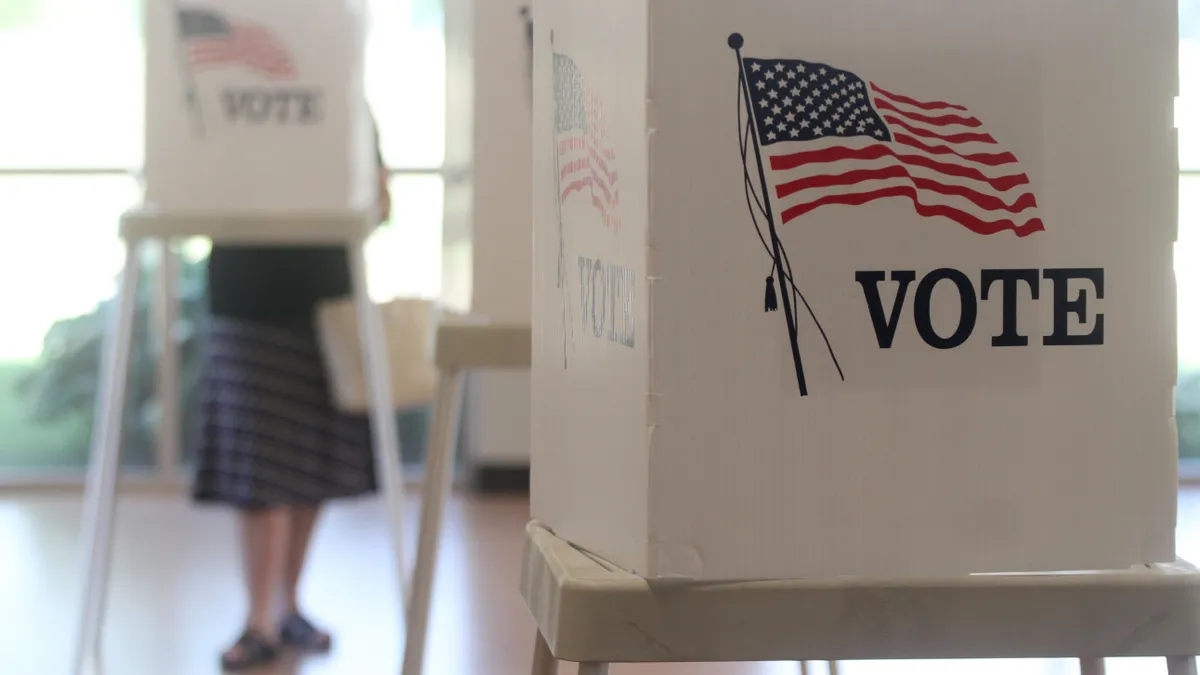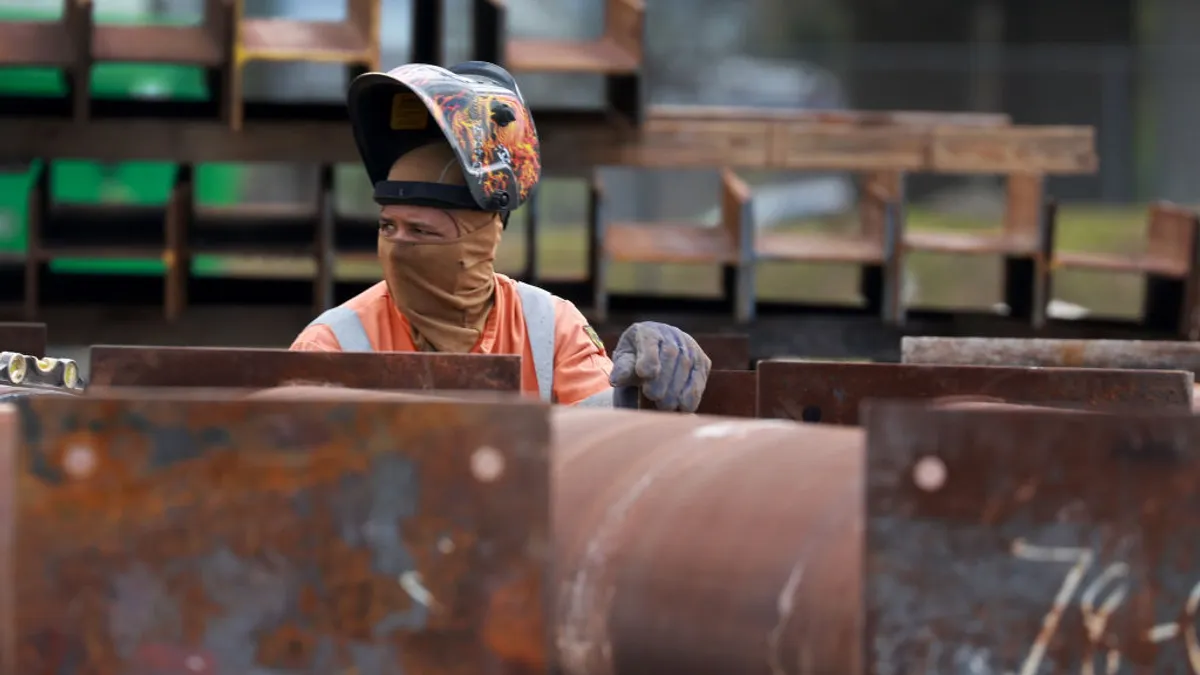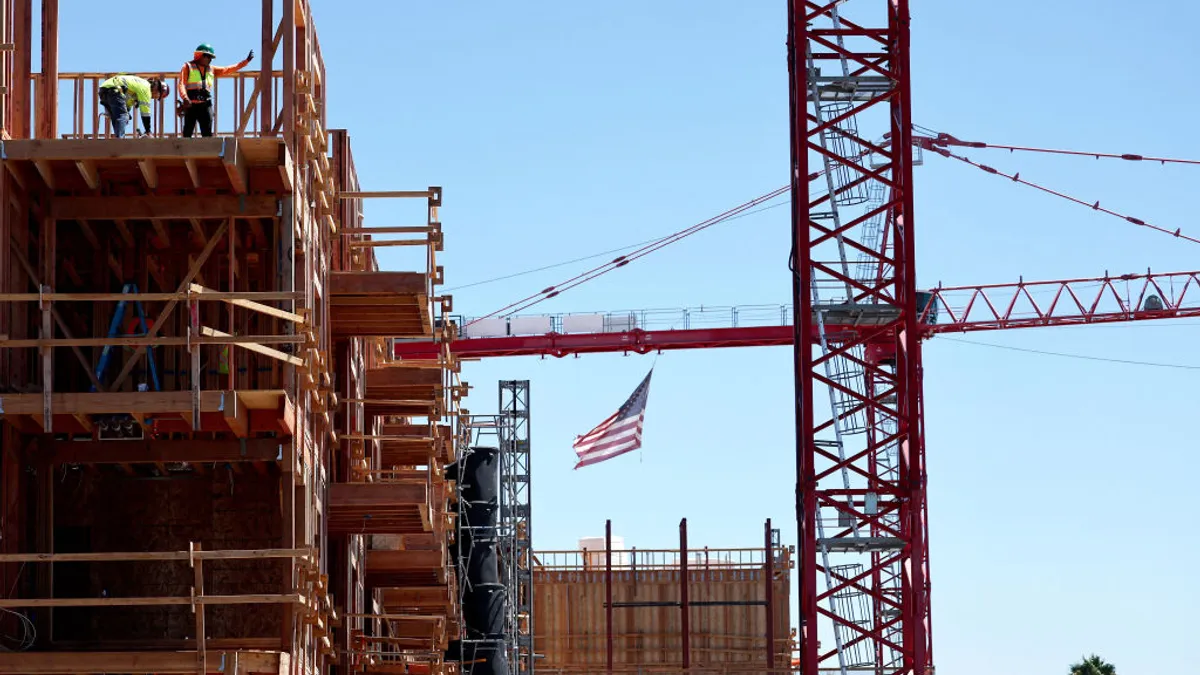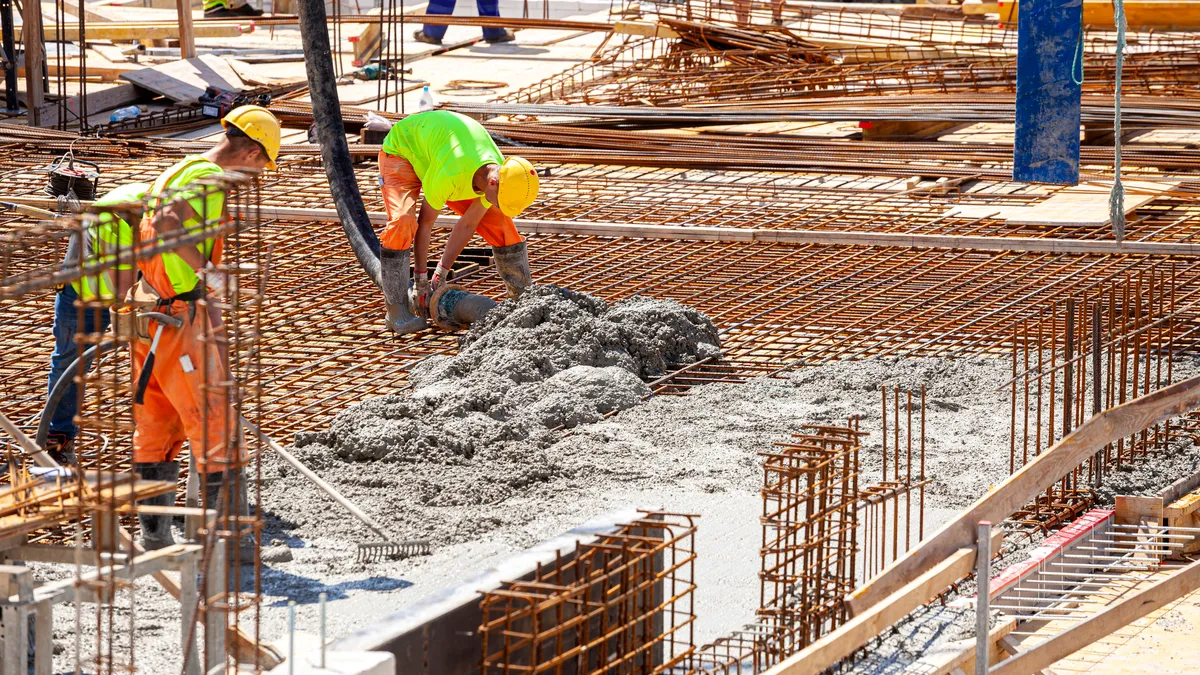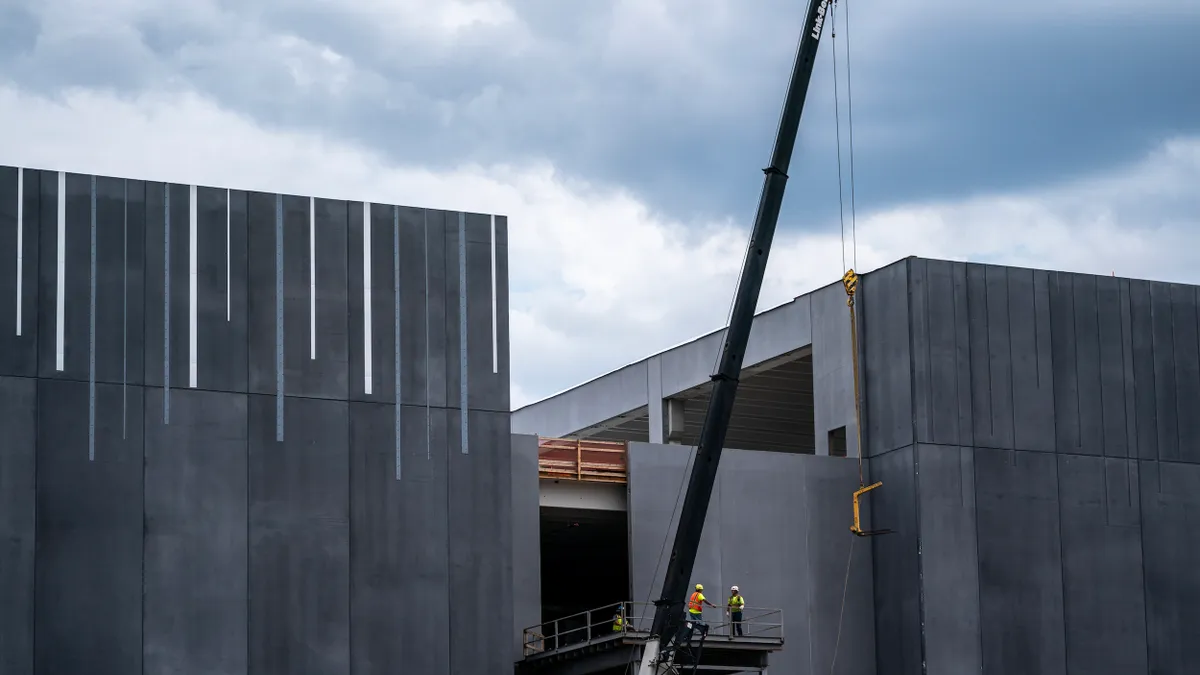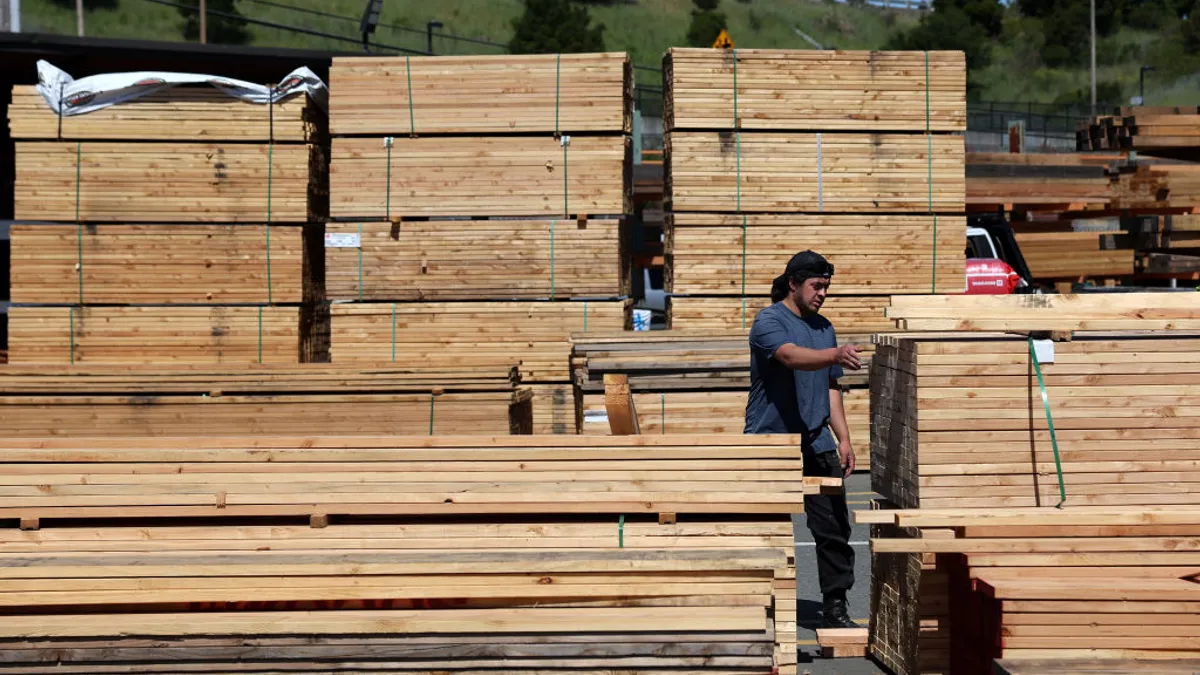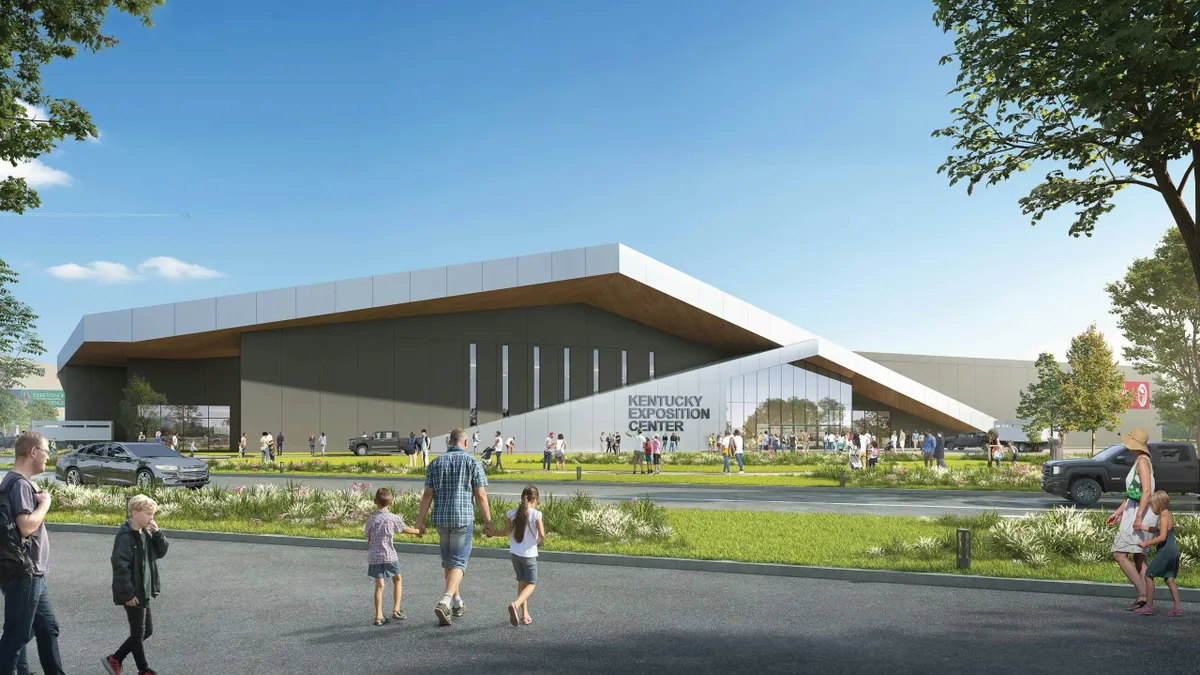Women aren’t waiting around. And that’s especially true for single women who are seeking to own homes. Women, who data show are now earning bachelor’s degrees at greater rates than men and are expected to account for more than half of the labor-force growth in the coming years, are continuing a recent trend that’s resulting in another gap (though not this one) between the genders: homebuying rates.
This shift, which sees the number of single female homebuyers growing in proportion to the rest of the market, has significant implications for the form, function and location of the country’s housing stock.
That’s because this group isn’t like the others. They are, on average, older than the single men and married couples who are also buying homes. And while some are widowed or divorced, others have never been married. Many, but not all, have children, some of whom are still in their care.
And they’re embracing the homebuying process. “They don’t fear buying a home and are not waiting to be in a relationship to qualify for a mortgage,” said Elizabeth Weintraub, broker-associate at Lyon Real Estate, in Sacramento, CA.
A generational shift
The number of single-women homebuyers has been on the rise since 1981, climbing from 11% to 22% at the market’s peak in 2006, according to an October 2016 study from the National Association of Realtors. Today, 17% of homebuyers are single women, and that number is expected to continue to grow.
Meanwhile, single men are purchasing homes at far lower rates — despite earning more than women. NAR figures show that the group accounted for 10% of homebuyers in 1981 and is set to claim a 7% share in 2016. At housing’s peak in 2006, 9% of homebuyers were single men. The NAR reported single men buying homes today have annual incomes of $69,600 compared to $55,300 for single women buyers.
Married couples are also experiencing a downshift, accounting for 66% of the homebuying market today from their peak of 81% in 1985, the NAR reported. Unmarried couples’ share has remained largely unchanged over the past two decades and today sits at 8% of the homebuyer market, up from 6% in 1995.
The median age for a single female buyer is 50, higher than single male buyers' median age of 47, according to the NAR. The median age of married-couple buyers is 44 while the median age for unmarried-couple buyers is 33.
Understanding different wants and needs
Weintraub noted that single female homebuyers represent a variety of ages and backgrounds. They are sometimes widowed, divorced or have never been married. Many have children at home. And some may be looking to relocate closer to a job, schools for their children or family.
Jessica Lautz, manager of member and consumer research at the NAR, noted that a larger share of single women have children at home under the age of 18 and therefore are more likely to be considering homeownership in order to provide a sense of stability for their children, while access to schools will be a greater consideration with children in the home.
The number of single-mother households rose to 8.6 million in 2011 from 1.9 million in 1960, according to a 2013 Pew Research Center analysis of Census Bureau data. (Meanwhile, the number of single-father households also rose during the period — at greater rate but to lower levels than single-mother households — increasing to more than 2.6 million in 2011 from 300,000 in 1960.)
“A lot of people are facing rising rents and the possibility of higher interest rates and this could cause some insecurity with children at home,” Lautz said. “Single women might be looking to lock in more favorable interest rates at the moment.”
About half of single female buyers are purchasing homes in urban centers, while the other half are looking toward rural areas or small towns, Lautz said, adding that single female buyers are typically looking for a 1,500-square-foot home that has three bedrooms and two bathrooms.
Properties with driveways and yards are common requests among single female buyers, and some are looking at gated communities, Weintraub said. The group is also showing an increasing interest in condominium complexes that offer landscaping and other maintenance services and feature a community-centric environment.
A growing buyer segment
Although homebuilders are not necessarily targeting single women, specifically, when marketing new developments, some, like master planned communities, are becoming more popular among first-time buyers and therefore might appeal to single female buyers as well, Weintraub said. These developments often contain a diversity of housing types, light retail and other amenities in walking distance.
The agents interviewed by Construction Dive for this story said that with forecasts of an increase in first-time buyers entering the market in 2017, single women buyers should also continue to be a growing sector as they, too, look to benefit from the easing in lending standards and stand to see greater value in building equity in a property than in renting.
Additionally, the declining U.S. marriage rate — from 8.2 per 1,000 people in 2000 to 6.9 per 1,000 people in 2014 — are also expected to result in an increase in both single female and single male homebuyers.
“I expect single women buyers to continue to be a force in the market,” Lautz said.




